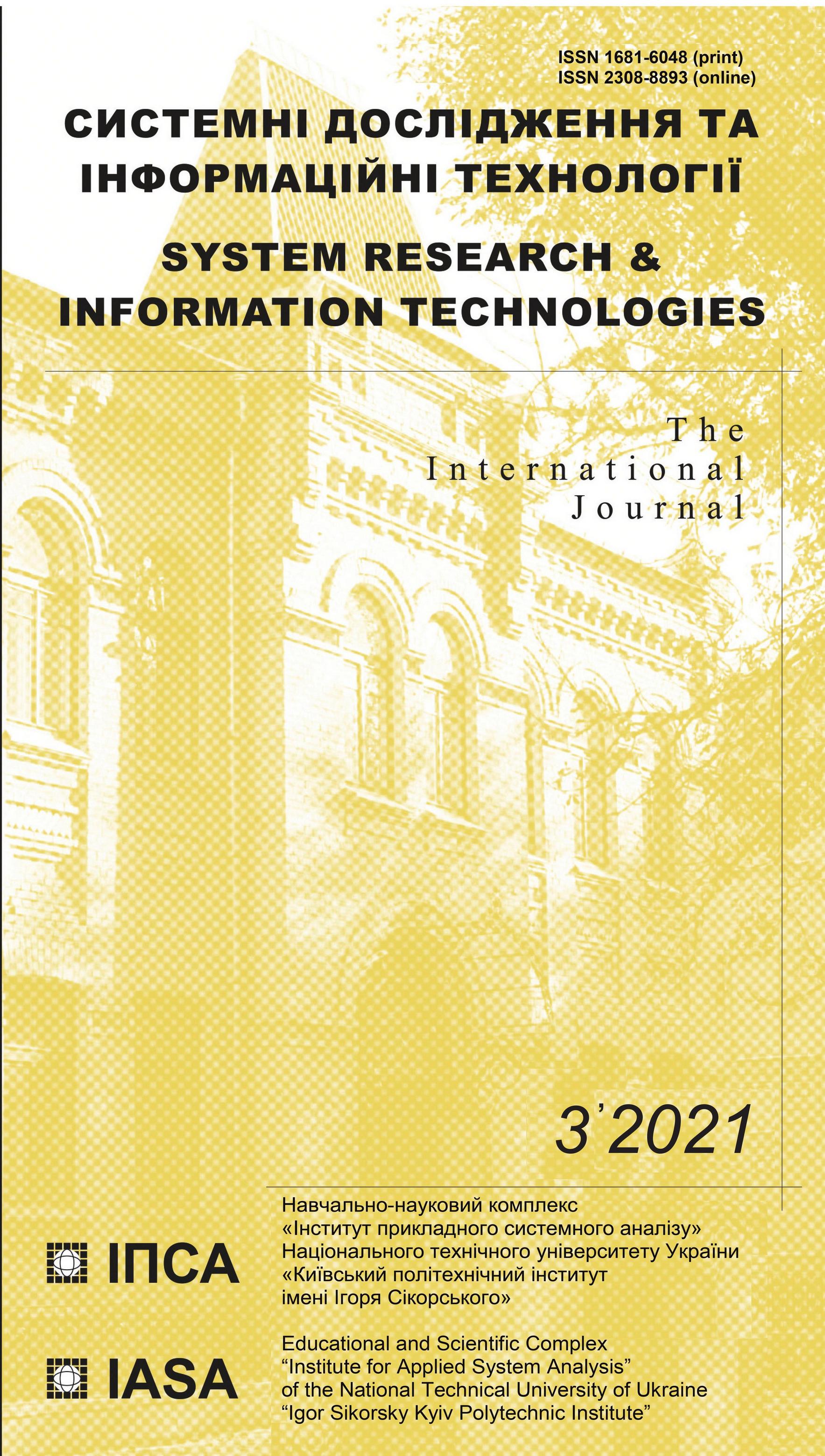Improvement of forest fire monitoring system by expanding information and technological possibilities of modern quadcopters
DOI:
https://doi.org/10.20535/SRIT.2308-8893.2021.3.03Keywords:
information technology, unmanned aerial vehicle, image processing methods, parallel computingAbstract
The article proposes a solution to an important problem — the development of an information technology based on expanding the functionality of non-specialized unmanned aerial vehicles (drones) for early detection of forest fires. The proposed information technology is designed to increase the effectiveness of monitoring forest fires. Тhe existing level of information technology does not fully settle the issue of reliable fire protection of forests. Today, there is a contradiction between the high cost of developing high-tech fire-fighting equipment and lack of its efficiency. The elimination of this contradiction will be facilitated by the involvement of additional non-technical and technical resources in the information technology of early detection of forest fire hotspots. The results of the analysis of the use of modern drones prove that the involvement of unmanned aerial vehicles significantly increases the efficiency of many types of monitoring and they can successfully be used to solve the problems of early detection of forest fire hotspots. The results of experiments are presented, which were carried out both for a series of digital images and for video.
References
Statistics of forest fires - State Forest Resources Agency of Ukraine, Cabinet of Ministers of Ukraine. 2021. Available at: http://dklg.kmu.gov.ua/forest/control/uk/index.
“Modeling Forest Aboveground Biomass and Volume Using Airborne Lidar Metrics and Forest Inventory and Analysis Data In The Pacific Northwest”, Remote Sensing, no. 7, pp. 229–255, 2015. doi: 10.3390/RS70100229.
K. Zhao, D. Valle, and S. Popescu, “Hyperspectral Remote Sensing of Plant Biochemistry Using Bayesian Model Averaging With Variable and Band Selection”, Remote Sensing of Environment, no. 132, pp. 102–119, 2013. doi: 10.1016/j.rse.2012.12.026.
A. Habib, M. Ghanma, M. Morgan, and R. Al-Ruzouq, “Photogrametric and Lidar Data Registration Using Linear Features”, Photogramm. Eng. Remote Sens., vol. 71, pp. 699–707, 2005.
G. Taylor, D. Kidner, and K. Brundsdon, “Modelling and Prediction of GPS Availability with Digital Photogrammetry and Lidar”, International Journal of Geographical Information Science, vol. 21, no. 1, pp. 1–20, 2007. doi: 10.1080/13658810600816540.
Li-Der Chang, K. Clint Slatton, and Carolyn Krekeler, “Bare-Earth Extraction from Airborne Lidar Data Based on Segmentation Modeling and Iterative Surface Corrections”, Journal of Apple Remote Sensing, 4 (1), 041884, 2010. doi: 10.1117/1.3491194.
K. Bouabdellah, H. Noureddine, and S. Larbi, “Using wireless sensor networks for reliable forest fires detection”, Procedia Computer Science, no. 19, pp. 794–801, 2013. doi: 10.1016/J.Procs.2013.06.104.
V.V. Yatskov and V.V. Bashutsky, “System of control of forest fires based on wireless sensory networks”, Modern Computer Information Technologies: Materials V Allukr. Sk.-seminar of young teachings and the studio, ASIT'2015, Ternopil, TNEU, pp. 63–64.
A. Rogalski, “Infrared Detectors: An Overview”, Infrared physics & technology, no. 43, pp. 187–210, 2002. doi: 10.1016/S1350-4495(02)00140-8.
J.L. Dupuy, J. Marechal, and D. Morechal, “Fires from A Cylindrical Forest Fuel Burner: Combustion Dynamics and Flame Properties”, Combust. Flame, no. 135, pp. 65–76, 2003. doi: 10.1016/S0010-2180(03)00147-0
Chuan Li, George D. Skidmore, and C.J. Han, “DRS uncooled VOx infrared detector development”, Optical Engineering, vol. 50, no. 50, 2010. doi: 10.1117/12.851795.
O.M. Alexeyev and D.I. Bondariev, “Prospects for the development of unmanned and municipal aviation transport in Ukraine”, Information processing systems, no. 8, pp. 10–16, 2016.
P.V. Efremov, K.A. Popov, and T.A. Kapitonova, “Analysis of Data Drill for Monitoring Line Objectives, Exploating in Severe”, International Journal of Experimental Education, no. 10-2, pp. 238–239, 2016.
M.M. Protsenko, “Analysis of digital video processing methods by the hardware of the unmanned aerial vehicle”, Bulletin of ZHDTHOU, no. 1, pp. 89–95, 2014.
G.I. Shutkovsky, Realization of parallel spelled: MPI, OpenMP, clusters, grid, multi-volume processor, graphic processor, quantum computers. Minsk: BGU, 2011, 176 p.
G.A. Polyakov, S.I. Shmatkov, E.G. Tolstoluzhskaya, and D.A. Tolstoluzhsky, Synthesis and Analysis of Parallel Processes in Adaptative Time of Parameterised Systems: Monograph. Kharkov: V.N. Karazin Kharkiv National University, 2012, 672 p.

